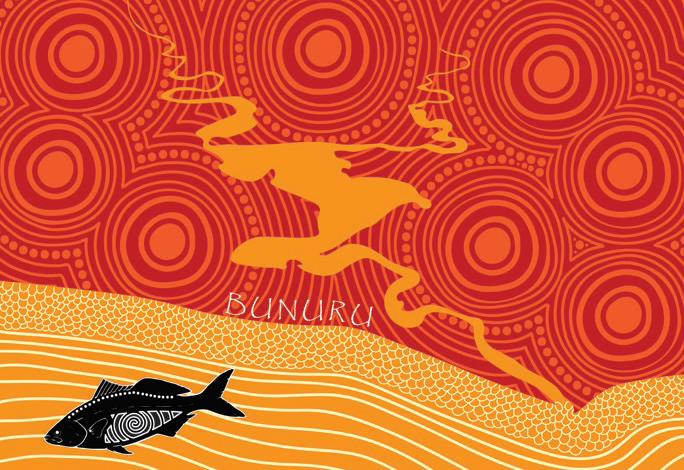The lifestyle for the Nyoongar culture
Bunuru—season of adolescence
February & March
The indigenous weather calendar of SIX SEASONS is very interesting that it makes so much sense. Developed over thousands of years its really the true weather patterns reading of nature that is simple in its observations but highly intelligent. Based on actual survival from the land it was a must education that allowed special human beings to live in a harsh environment of ancient times to the modern world. It has just as much meaning today but for all of us to learn about natures cycle of life for the survival of our world.
Bunuru is the hottest time of the year with little to no rain. Hot easterly winds continue with a cooling sea breeze most afternoons if you’re close to the coast. Therefore, traditionally this was, and still is, a great time for living and fishing by the coast, rivers and estuaries. Because of this, freshwater foods and seafood made up major parts of the diet during this time of year.
Bunuru is also a time of the white flowers with lots of white flowering gums in full bloom, including Jarrah, Marri and Ghost Gums.
Another striking flower that is hard to go past is the female Zamia (Macrozamia riedlei). Being much larger than that of its male counterpart, the huge cones emerge from the centre of the plant with masses of a cotton wool like substance.
As the hot, dry weather continues the seed upon the cones change from green to bright red, indicating they’re ripening and becoming more attractive to animals, particularly the emu, that will eat the toxic fleshy outer.
Indigenous Weather Knowledge
waitoc.com
AB SIX Seasons
Bunuru – Australian Broadcasting Corporation


sunsetcoast.xyx






